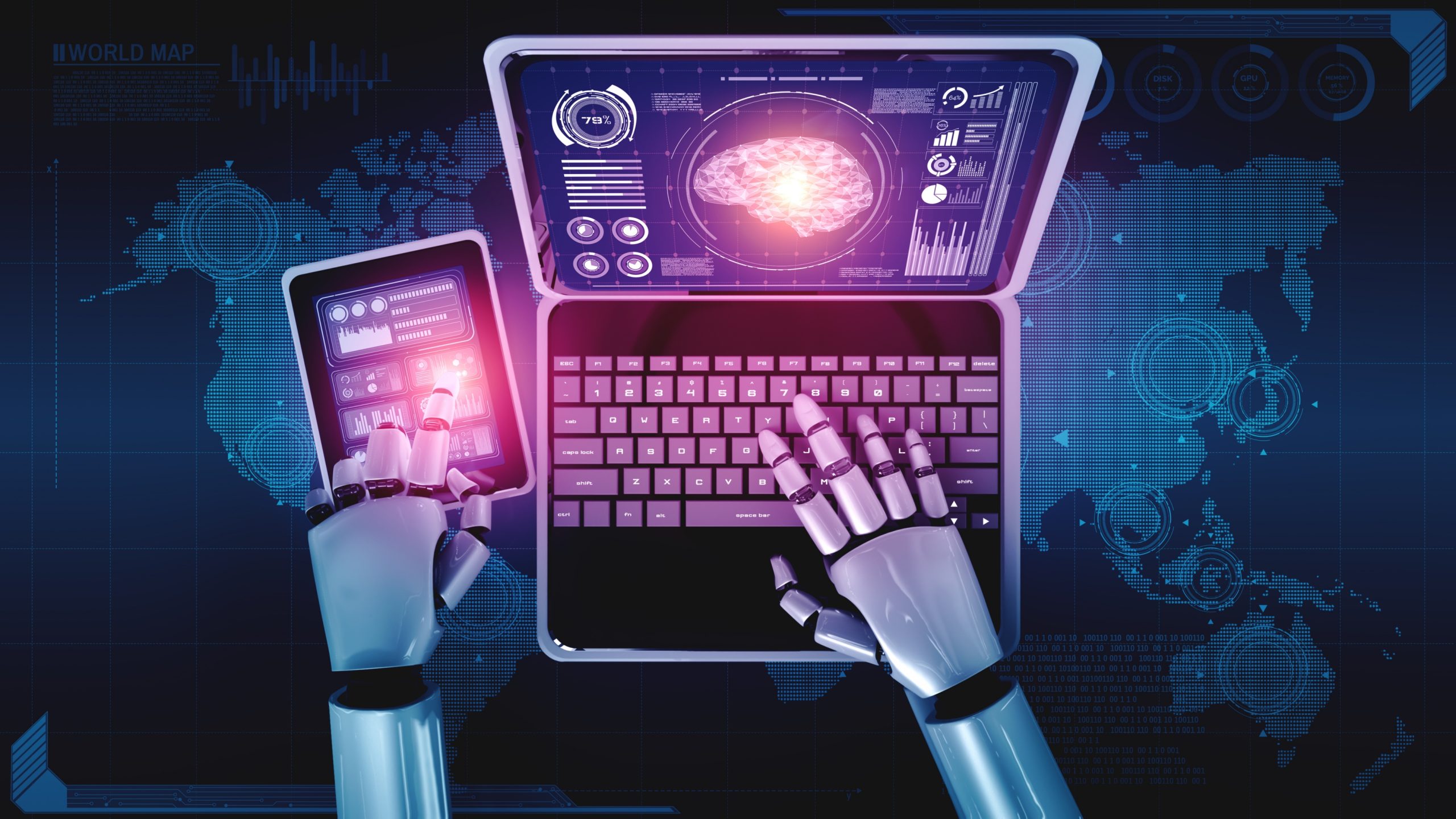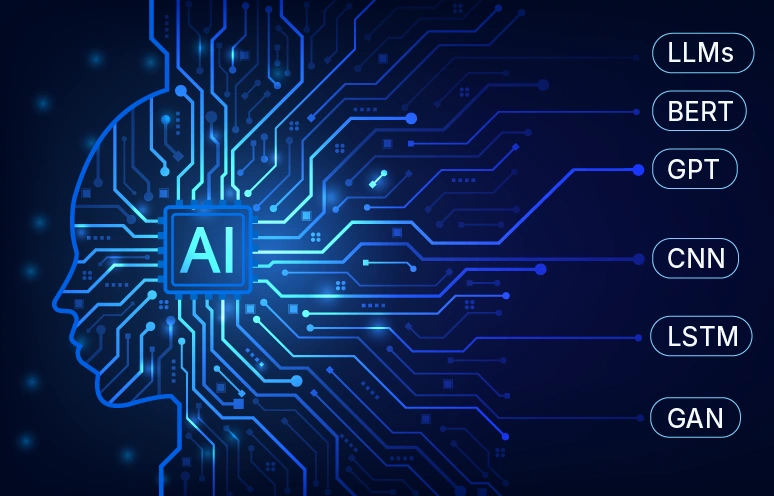One of the major events that precipitated the financial crisis of 2008 was the ineffectiveness in reacting towards possible risks associated with the insured mortgages, as qualitative data and warning indicators were not acted upon timely. This lag in response by regulators and financial institutions exacerbated the meltdown, leading to widespread economic fallout. Latency in data processing and a lack of localized decision-making were key challenges in this situation. Quick and strategic actions could have reduced the impact of the crisis.
“The greatest danger in times of turbulence is not the turbulence; it is to act with yesterday’s logic.” – Peter Drucker
Just as delayed reactions to financial risks caused global disruption, the same pitfalls can occur in today’s business landscape when data is processed too slowly or not acted on at the right place. Edge AI offers a solution to these issues, enabling businesses to process data locally, reducing latency and empowering real-time decisions on the edge of networks. In this blog, we’ll explore how to successfully execute AI goals on edge devices, harnessing the full potential of AI on the edge enabling smoother operations, improving efficiency, and ensuring agility in dynamic environments.
What is edge AI, and why does it matter?
Edge AI reduces cloud reliance by operating directly on devices like IoT sensors and smartphones. This means faster responses and greater efficiency. Processing data locally allows AI on the edge to make real-time decisions, reducing latency and dependence on constant internet connectivity.
Unlike cloud-based AI, which faces delays from data transmission, edge AI delivers instant responses—critical for applications like autonomous vehicles or real-time health monitoring. It also boosts privacy by keeping sensitive data on the device, minimizing breach risks during transmission.
For businesses, edge AI increases efficiency, delivers faster insights, and reduces costs. As industries adopt connected devices, edge AI ensures competitiveness by combining intelligence with speed, fueling innovation across sectors.
In a world driven by immediacy, edge AI bridges the gap between data and action.
Steps to execute AI goals on edge devices
- Define your AI use case: Identify specific business needs that edge AI can address. Whether it’s predictive maintenance in manufacturing, real-time health diagnostics, or smart surveillance, clarity on your use case ensures focused efforts and resource allocation.
- Choose the right edge devices: Select devices that meet your processing, storage, and connectivity requirements. For example, industrial IoT sensors may need rugged hardware, while wearable devices demand energy efficiency. The right choice ensures seamless deployment.
- Build an edge infrastructure: Make sure to establish the appropriate hardware, software, and network settings that support edge computing. Frameworks like TensorFlow Lite, PyTorch Mobile, or NVIDIA TensorRT can be utilized based on specific optimization needs, ensuring efficient edge AI model performance and seamless system integration tailored to the project’s requirements.
- Optimize AI models for edge deployment: Edge devices have certain limitations owing access to limited resources. Hence, it is important that you tailor your AI models for optimal performance. Techniques such as model quantization and pruning can help reduce model size and improve performance without compromising accuracy.
- Ensure data security and compliance: Edge devices handle sensitive data locally. Make sure to implement encryption, secure communication protocols, and follow regulations like GDPR or HIPAA for better protection of this data. This minimizes risks while maximizing trust.
- Monitor, test, and iterate: Deploy analytics tools to monitor device performance and model accuracy in real-time. Conduct regular testing to identify bottlenecks or errors and update models as needed to maintain reliability and relevance.
A word to the wise: Start small and scale gradually
Begin with pilot projects to validate feasibility and gather insights. Once successful, scale the deployment to larger operations, ensuring cost-effectiveness and reduced risks.
Suggested: Discover how CIOs can craft a successful AI strategy to drive business innovation and operational efficiency.
Overcoming challenges in edge AI implementation
- High initial costs: Deploying edge-compatible devices and infrastructure can be expensive upfront. To mitigate this, focus on pilot projects that demonstrate ROI before scaling. Partnering with providers offering flexible pricing models or bundled solutions can also help.
- Limited device capabilities: Edge devices often have constraints in processing power, memory, and energy. Overcome this by optimizing AI models with techniques like quantization and pruning. Using lightweight frameworks such as TensorFlow Lite or ONNX Runtime can further enhance performance.
- Managing large-scale deployments: Coordinating and maintaining numerous devices running AI on the edge can present scalability challenges. Centralized monitoring platforms and edge orchestration tools help streamline management and updates. Start small and scale incrementally to reduce complexity.
- Ensuring data security: With sensitive data processed locally, robust encryption and secure communication protocols are essential. As discussed earlier, you must schedule regular audits and follow compliance guidelines like GDPR to build trust and minimize risks.
Suggested: Explore common pitfalls in AI implementation and learn strategies to ensure the success of your AI projects.
Real-world applications of edge AI
Smart manufacturing: Predictive maintenance is reinforced by edge AI since it analyses sensor data from the machinery in real time. Efficient failure prevention curbs downtime, fostering increased productivity in industrial workflows.
Autonomous vehicles: For self-driving cars, quick reaction times are critical. Running AI on the edge to process data from cameras, LiDAR, and sensors in real time significantly enhances their responsiveness. This ensures rapid responses to road conditions, enhancing safety and navigation accuracy.
Healthcare: Portable medical devices equipped with edge AI deliver real-time diagnostics, such as monitoring heart rates or detecting anomalies in scans. This is possible even in remote areas with limited connectivity.
Retail and smart surveillance: Edge AI transforms retail by enabling personalized shopping experiences, efficient inventory management, and enhanced security with real-time activity detection through smart cameras.
Agriculture: Edge AI analyzes data from drones and sensors to optimize irrigation, detect crop diseases, and improve yield.
The global edge AI market size was valued at USD 20.45 billion in 2023. The market is projected to grow from USD 27.01 billion in 2024 to USD 269.82 billion by 2032, exhibiting a CAGR of 33.3% during the forecast period. – Fortune Business Insights
Crossing the edge: Exploring new frontiers with AI
The lessons from the historical global financial crisis underscore the importance of timely, localized decision making – a challenge edge AI addresses brilliantly. By processing data closer to its source, AI on the edge eliminates delays, ensuring swift and accurate responses in critical scenarios.
Edge AI drives business transformation by revolutionizing industries like healthcare and manufacturing and enabling autonomous systems. Its secure, scalable, and high-speed solutions help companies achieve innovation and efficiency, ensuring a competitive edge.
However, executing AI goals on edge devices requires tailored strategies and expertise. With customized edge AI solutions, businesses can tap into its full promise. At Softweb Solutions, our team of AI consultants is ready to guide you every step of the way. Start your AI journey today!



